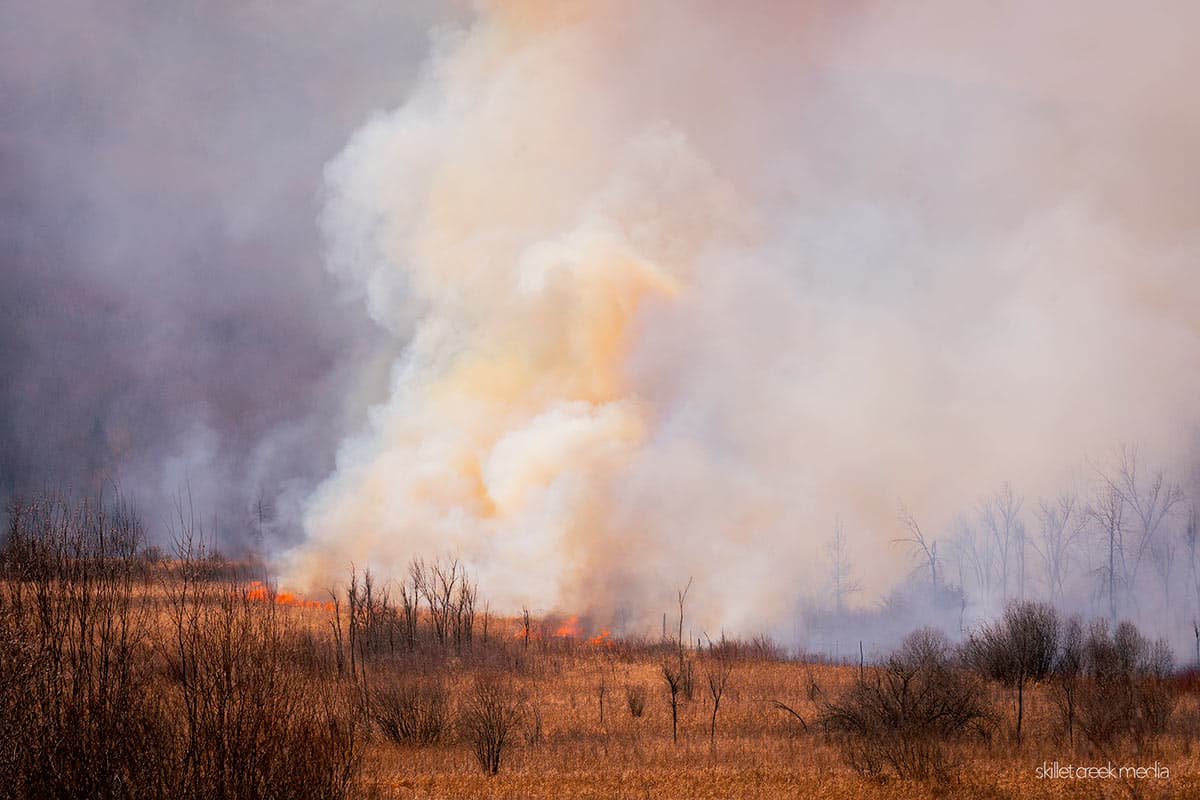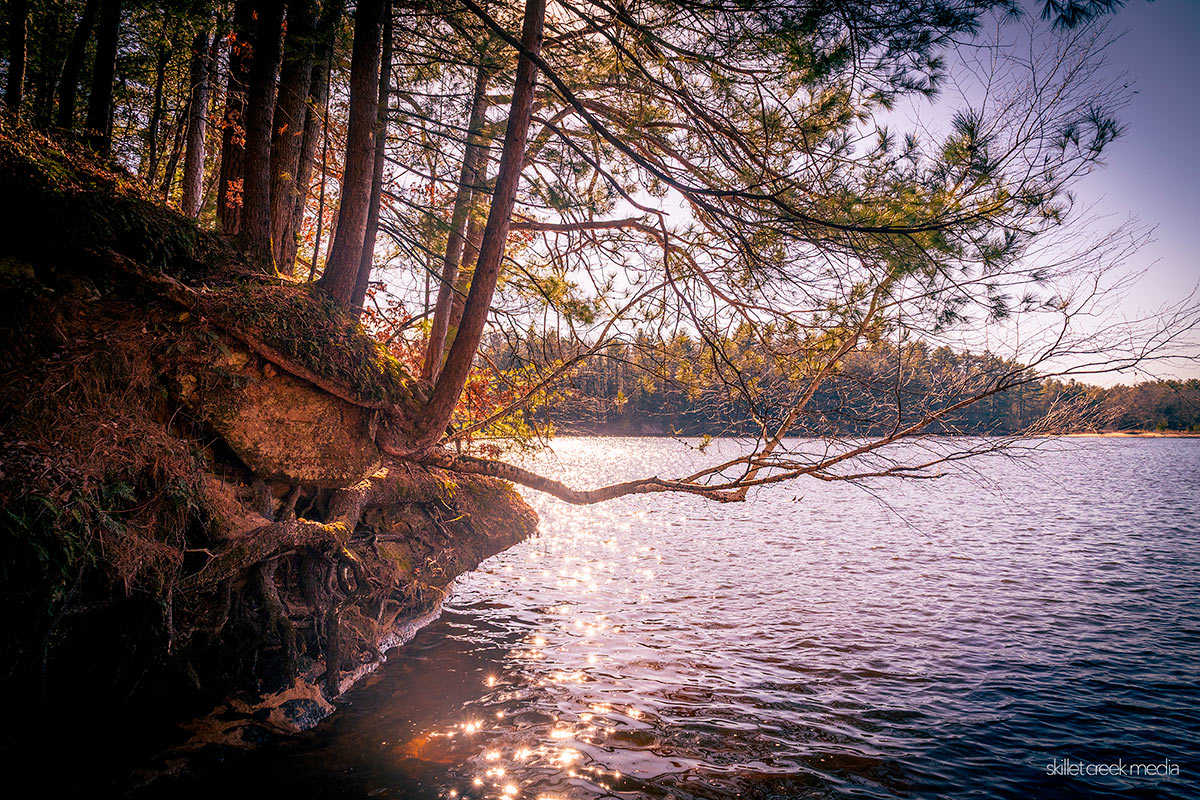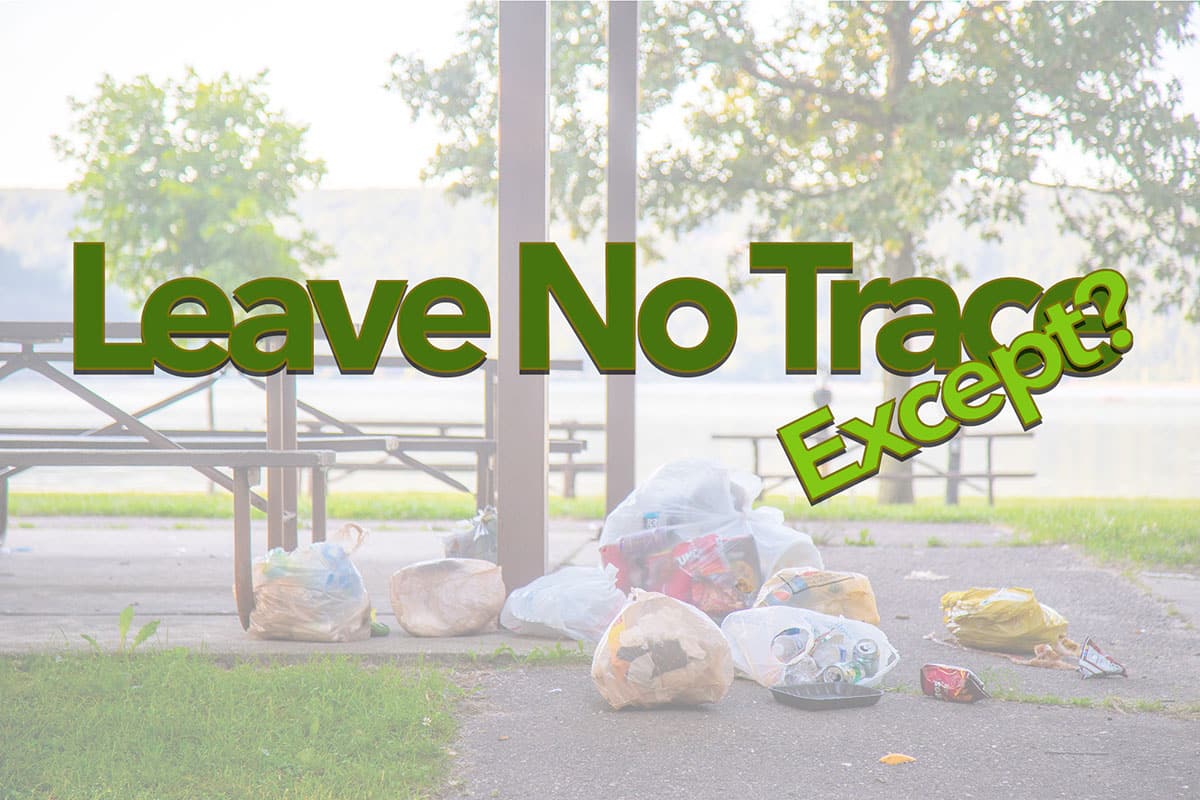Yesterday, March 18th, a prescribed burn was carried out on Devil's Lake State Park's Roznos…
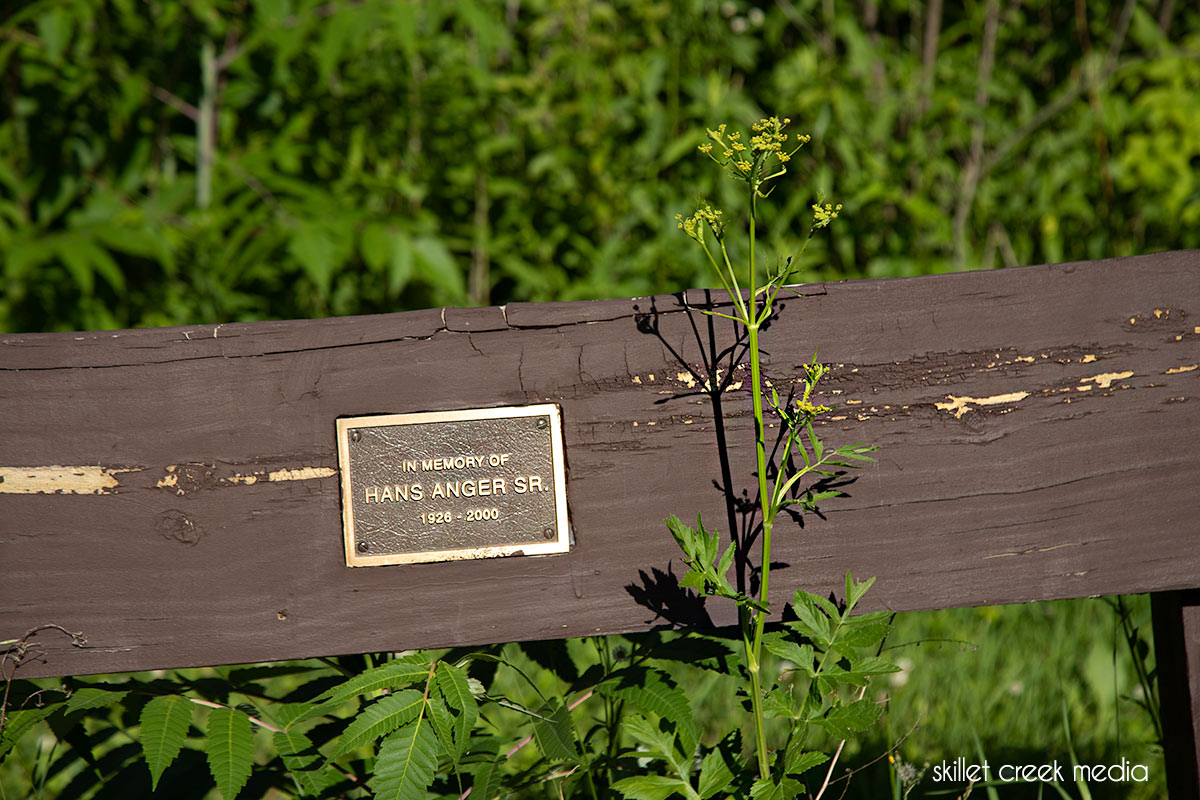
Every year we talk about the dangers of various plants in the park such as poison ivy and wild parsnip. These are plants that for some people can cause anything from mild itching to intense pain and scarring. (I know, I’ve been there!). Right now at Devil’s Lake, these plants are hanging along the edges of trails and surrounding benches!! You need to be aware of your surroundings!
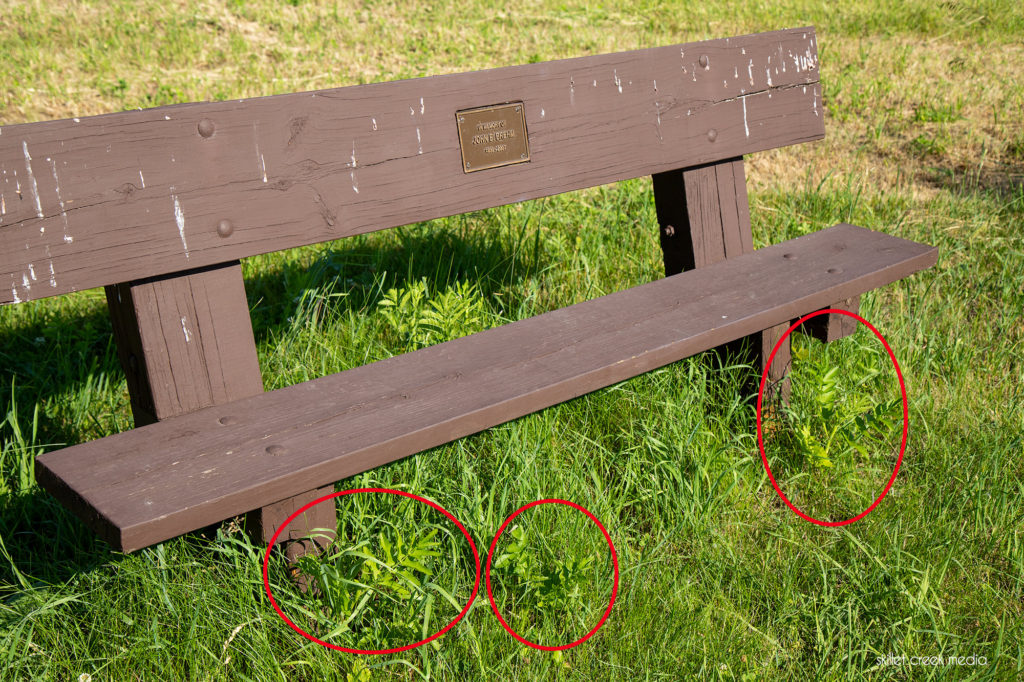
Wild Parsnip
What you’re seeing in the top two photos (Above) is wild parsnip. If you get the sap or oils on your skin it can take about 24 hours before you’ll begin to experience symptoms. This is NOT an allergic reaction, but something called phytophotodermatitis. Areas of your skin exposed to the oils of the parsnip will react to sunlight. At first, you may have a burning sensation and a red rash. Over the next few days, it can get much worse. For some people, your skin will blister and bubble up. In my experience with wild parsnip, my exposure resulted in large very gross, large blistered that died and blackened over the next two weeks! I still have some scarring some 20 years later! For some folks, there is only slight rashing that starts feeling better after a few days. Eventually, all the affected skin, will die and fall off. Yeah, you don’t want to touch this stuff!
More Information
- Wild Parsnip Burns – Healthline
- Phytophotodermatitis induced by wild parsnip – National Library of Medicine.
- Phytophotodermatitis – Plants That Cause It, How to Treat It – Common Sense Home
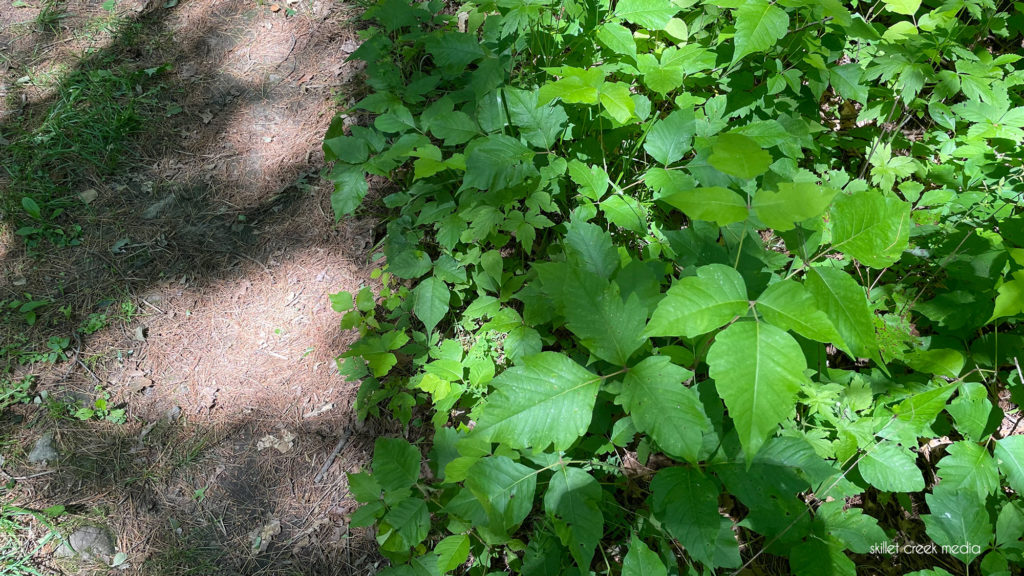
Poison Ivy
Most of us have heard of poison ivy and right now it’s along many trails in Devil’s Lake State Park. Anywhere that gets some sunlight might have poison ivy, and hiking trails seem to draw it in like a magnet.
Poison Ivy causes an allergic reaction. In fact, about a quarter of us are not allergic and can roll in the stuff without a problem! For folks who are allergic (Read, Most of us!), you may break out in an itch or painful rash. Any touch, hot water, or even light clothing can cause pain. Generally, the rash and blistering will begin to go away in about 3 days, but some people will have bad reactions and may need to see their doctors.
It’s important to note that poison ivy, doesn’t always look the way you heard it should look. “Leaves of three?” Yes. But, not always shiny, sometimes small, sometimes nearly waist-high, sometimes with little teeth on the leaves, sometimes not. So really watch what plants are around your legs and along the trails!
More Information:
- Is This Poison Ivy? – DevilsLakeWisconsin.com
- What To Do If You Have Poison Ivy – Iowa DNR
- Everything You Need To Know about Poison Ivy – Des Moines, University, Medicine & Health Sciences
Final Thought
So each year we do our best to warn you about various dangers and risks within the park. Exposure to Wild Parsnip or Poison Ivy can really be a bad experience for some folks. AND we have to say, it’s the park visitor’s responsibility to be aware of the dangers and risks they face out there.
However,
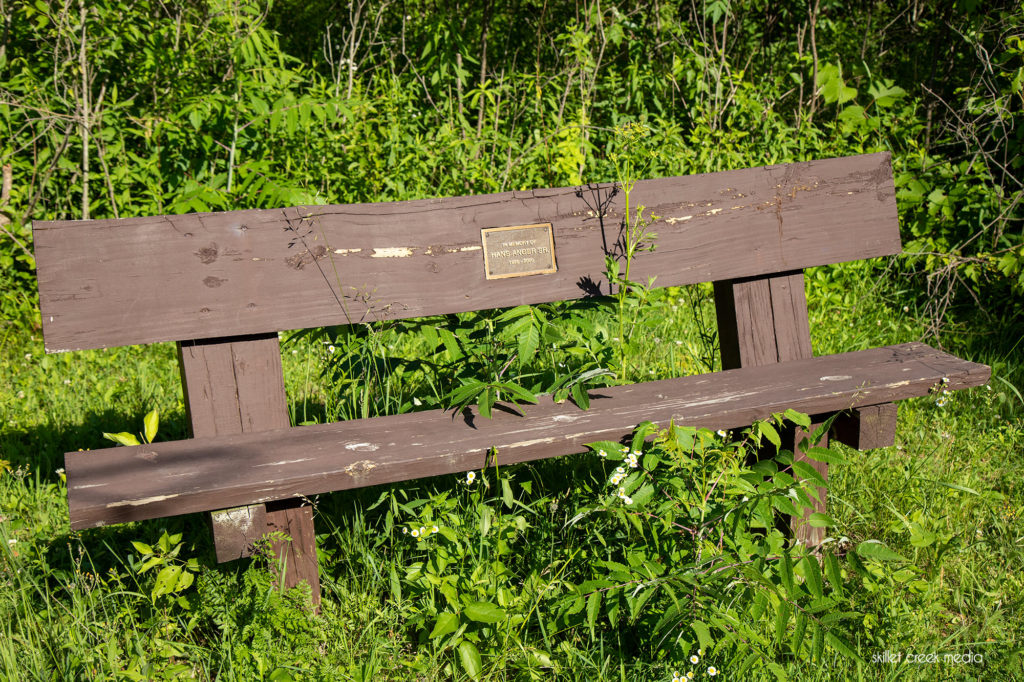
The park or the park’s volunteer Friends group should be keeping these dangerous plants away from benches in my opinion. For those unaware of the plant’s identity, benches surrounded by wild parsnip or poison ivy, seem like a trap. A hiker by seeing a bench is invited to sit, but then could be exposed. Now, I know the park is far too busy and far too understaffed to worry about such things. But a volunteer support organization could easily spend a few hours in early June clearing these harmful plants from around the benches. It seems to me that this is exactly what a group like this should be doing with their time. But of course, this is just my personal opinion and I realize they may not agree. It just seems like the right thing to do.
Be Safe Out There!!

For nearly 2 decades the Skillet Creek blog has focused on 3 main goals; To inspire you to visit and explore the Devil’s Lake region, to help you get the most your visit by sharing tips, events, and other helpful information. Lastly to advocate for our environment & wildlife and talk about how we can keep our natural areas amazing now and into the future! That last goal can sometimes cause controversy, but it’s the only way we can accomplish the first two. – Derrick Mayoleth, Owner.

